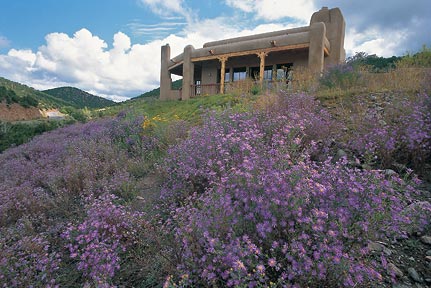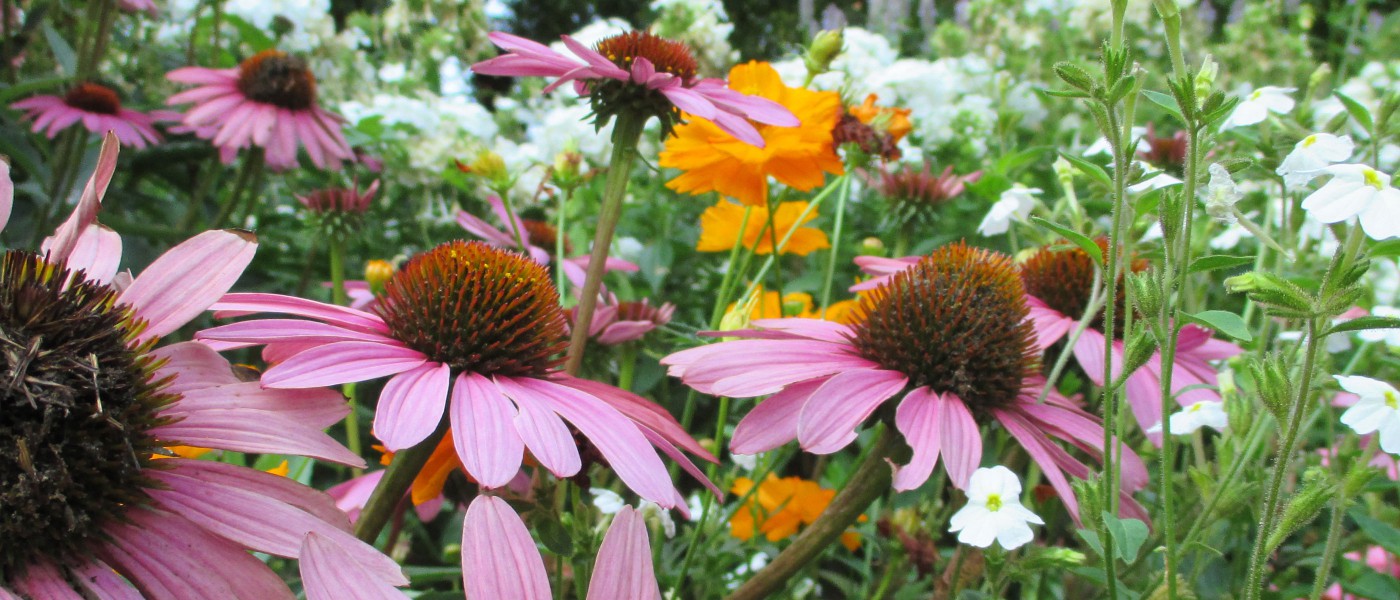Great Natives for Tough Places
- Introduction, by Niall Dunne
- Eight Tough Places to Garden, by Niall Dunne
- Light, Moisture, Soil: A Diagnostic Tool Kit, by Ulrich Lorimer
- When the Growing Gets Tough: Plant Adaptations to Extreme Environments, by Gerry Moore
- Encyclopedia of Great Natives for Tough Places, by C. Colston Burrell
-
- Trees
- Shrubs
- Vines
- Perennials
- Five Projects for Tough Sites, by Joan McDonald
- Sourcing, Propagating, and Establishing Native Plants, Mariellé Anzelone
- Native Plants at a Glance
- Resources
- Contributors
- Index
Introduction
Great Natives for Tough Places
Niall Dunne
Urban and suburban environments present many challenges to gardeners and landscapers. Buildings block sunlight, limiting the ability of plant leaves to produce food through photosynthesis; pavement and other impermeable surfaces channel rainwater runoff into low-lying areas, waterlogging the ground and depriving plant roots of oxygen; construction and other disturbances compact and degrade the soil, hindering the absorption of the nutrients needed to support healthy plant life.
Gardeners have developed a variety of techniques for tackling these challenges. The simplest and most resource-efficient technique—and the one espoused by this book—is to choose plants that are naturally adapted to tolerate or thrive in tough sites. This "right plant, right place" approach is a central tenet of sustainable garden design. It transforms so-called problem sites into opportunities to grow interesting and unusual species. Another core tenet of sustainable gardening is to use native plants as much as possible. There are a number of books on the market that champion resilient plants for difficult places. This is the first of its kind to focus exclusively on tough, adaptable, garden-worthy plants that are also indigenous to the continental United States and Canada.
When you grow plants native to your region, you are choosing plants that have evolved over thousands of years to handle the soils and seasonal variations in temperature and rainfall of your local climate. As a bonus, by growing natives, you also provide excellent habitat resources for native species of insects, birds, and other wildlife, many of which have developed close associations with indigenous flora.
The plants profiled in this book are no ordinary natives, however. They are denizens of challenging, harsh, and even hostile natural habitats such as floodplains, swamps, streambanks, dry prairies, and shallow rocky slopes. Though most of them perform well in average garden conditions, they are adapted to endure stresses like the inhospitable microclimates and poor soil conditions so common in today's urban and suburban backyards.

Gardeners face numerous obstacles to growing healthy plants in the built environment. This book identifies eight challenging environmental conditions: sunny and dry; sunny and wet; shady and wet; shady and dry; alternating wet and dry; alkaline soils; compacted soils; and nutrient-depleted soils. The first chapter of the book, "Eight Tough Places to Garden," outlines the conditions, describes their possible causes, and also looks at the constraints that these conditions put on many plants.
This chapter is followed by "Light, Moisture, Soil: A Diagnostic Tool Kit," which explains how to detect environmental extremes throughout your garden and discusses a variety of solutions for dealing with them, including growing adapted native plants. The third chapter, "When the Growing Gets Tough," provides a short natural history of plant adaptation and investigates the morphological and physiological strategies plants have developed for tolerating extremes of light, moisture, and fertility.
C. Colston Burrell's "Encyclopedia of Great Natives for Tough Places" forms the bulk of the book and profiles more than 120 native trees, shrubs, vines, and herbaceous perennials that are adapted to cope with one or more of the eight key environmental challenges. This is followed by five projects featuring illustrated designs, with advice on how to garden in tough spots and use the plants from the encyclopedia to create beautiful plantings in challenging situations.
The final chapter, "Sourcing, Propagating, and Establishing Native Plants," provides useful tips on purchasing native plants of local provenance, collecting seeds responsibly from the wild, planting and establishing natives, basic maintenance, and more.
The sustainable gardener need not resort to traditional tough-as-nails nonnatives when selecting plants for tough sites. Many of these "indestructible" plants—such as Japanese honeysuckle (Lonicera japonica) and Japanese barberry (Berberis thunbergii)—are invasive weeds that escape the confines of the garden and end up altering and degrading our natural areas. As this handbook demonstrates, it's possible to grow beautiful native plants in challenging spots and create ecologically sound plantings that benefit local and regional ecosystems.
Purchase
